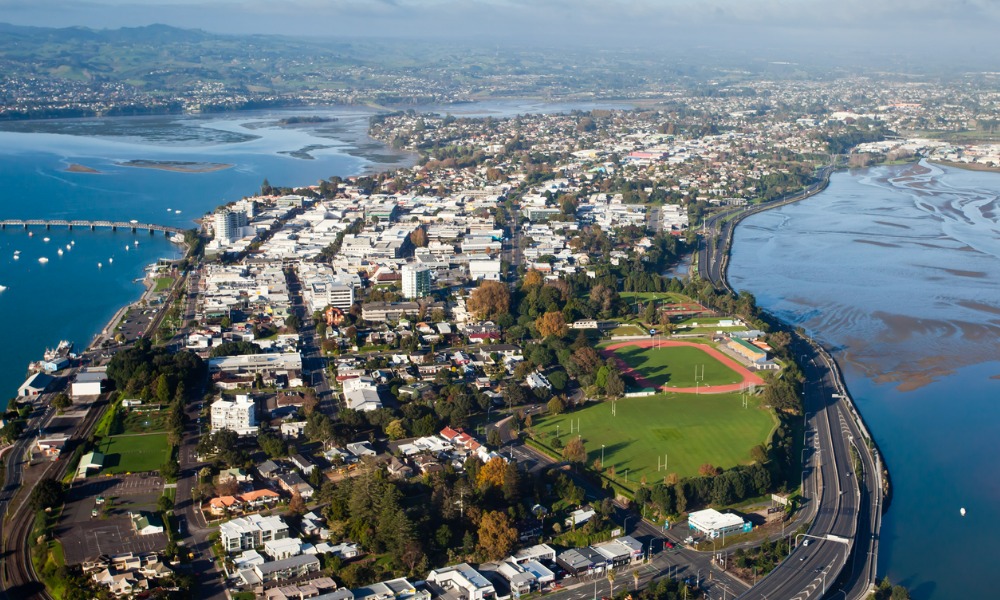The city has been identified as a potential development project area by Kāinga Ora

Tauranga’s western corridor has been selected as a potential development project area by Kāinga Ora, which could dramatically improve progress in the area.
Tauranga was selected for the assessment in response to the significant housing need in the city and following a request by Tauranga City Council commissioners, who admit they had “found it difficult” to make substantive progress to enable development in the area.
An extensive engagement and consultation process will consider the suitability of using Kāinga Ora’s urban development tools for the proposed project area, which includes Tauriko West, Keenan Rd, and Tauriko Business Estate's Lower Belk Rd extension – three existing urban growth areas which were at various stages of planning and development, Stuff reported.
According to SmartGrowth Partnership, which includes local and regional councils, tangata whenua, and central government, the region needs an additional 43,000 homes by 2048.
Stephen Selwood, Tauranga City Council commissioner, said despite the city’s western corridor being identified for urban development, the council had found it “difficult” to advance the process.
“The size and scale of the planned growth, necessary investment in infrastructure, and complexity of structure planning and rezoning has slowed development,” Selwood said. “Tauranga has a significant housing gap and is the only metropolitan area in New Zealand which cannot comply with the housing supply requirements set-out in the government’s National Policy Statement on Urban Development.”
Latest projections showed that Tauranga will be between 7,000 and 9,000 homes short of the number the city needs over the next 10 years.
“To deliver housing and urban development at the pace and scale required to meet the needs of our community, it is critical that the planning, infrastructure, and funding for urban development are agreed upfront,” Selwood said. “A Specified Development Project would provide a process to deliver that integrated planning in the short term, while still allowing the opportunity to future-proof the western corridor for envisaged growth over the medium and long term.”
Read next: Favored $1 billion house development fund set in motion
Priority One, the Western Bay of Plenty region’s economic development organisation, expected the Specified Development Project to deliver further growth in a “painfully slow” process.
“Our poor housing and rental affordability is the main barrier to the long-term growth and future wellbeing of our community,” said Priority One CEO Nigel Tutt told Stuff. “The region needs to throw everything we can at this to address it urgently. The current process for urban development in areas like this is painfully slow, but we expect that the Specified Development Project will enable dramatically improved progress in the western corridor.”
Katja Lietz, Kāinga Ora general manager urban planning and design, said initial consideration suggested the western corridor could benefit from the agency’s urban development tools to facilitate development.
“Specified Development Projects can provide a way for Kāinga Ora to enable transformational, complex urban development,” Lietz said. “This is one of the fastest-growing regions in the country, and our focus during the assessment process will be to determine whether these tools are the right ones to support a well-planned urban development that meets the needs of the community.”
The announcement comes on the back of the approval of a plan for an $84 million rejuvenation of Tauranga’s waterfront as well as investment of $1.5 billion in the city’s CBD over the next eight years. The $300 million revamp for Tauranga’s civic precinct has also been given the green light in May, Stuff reported.



